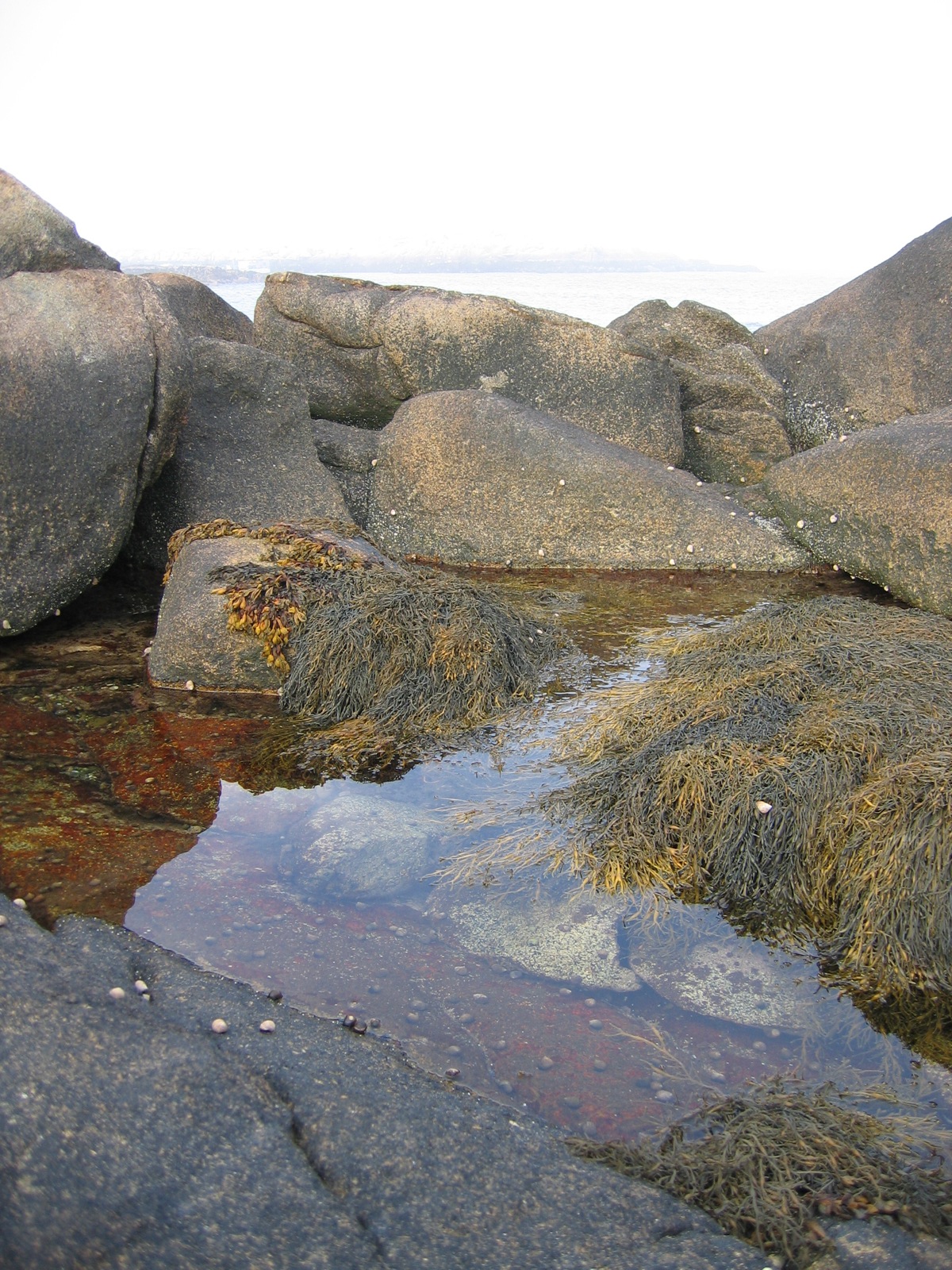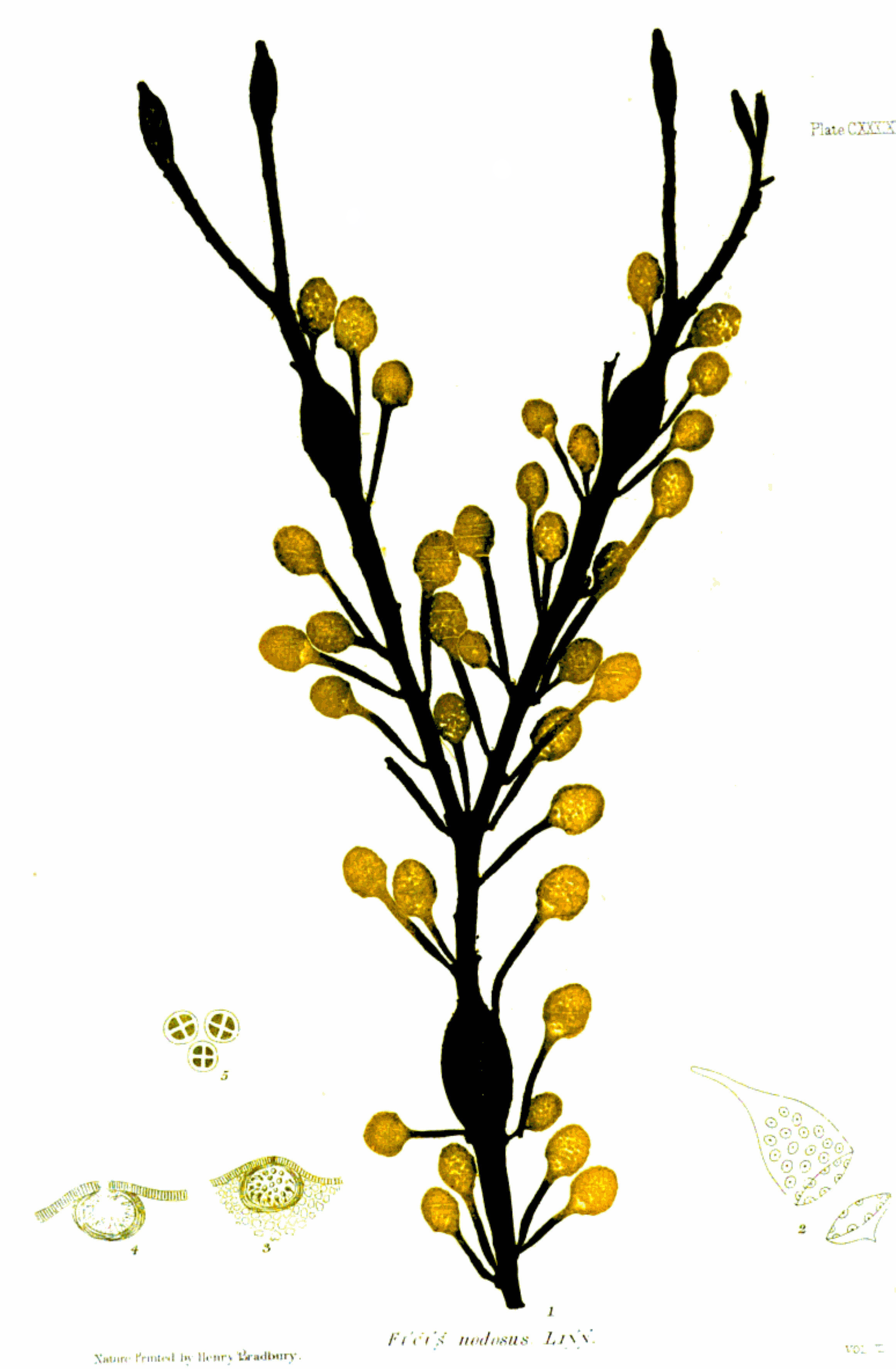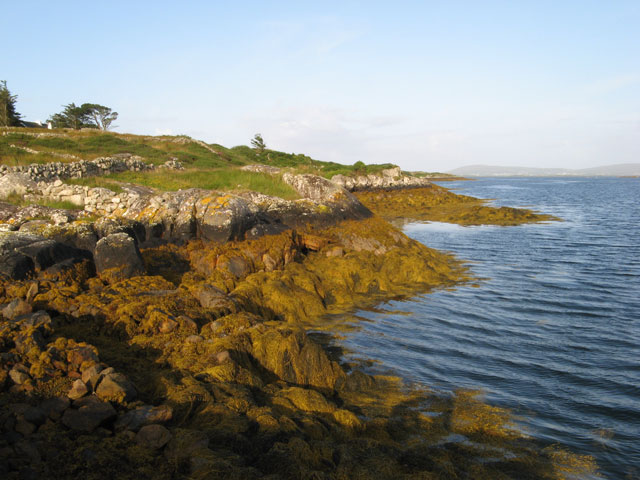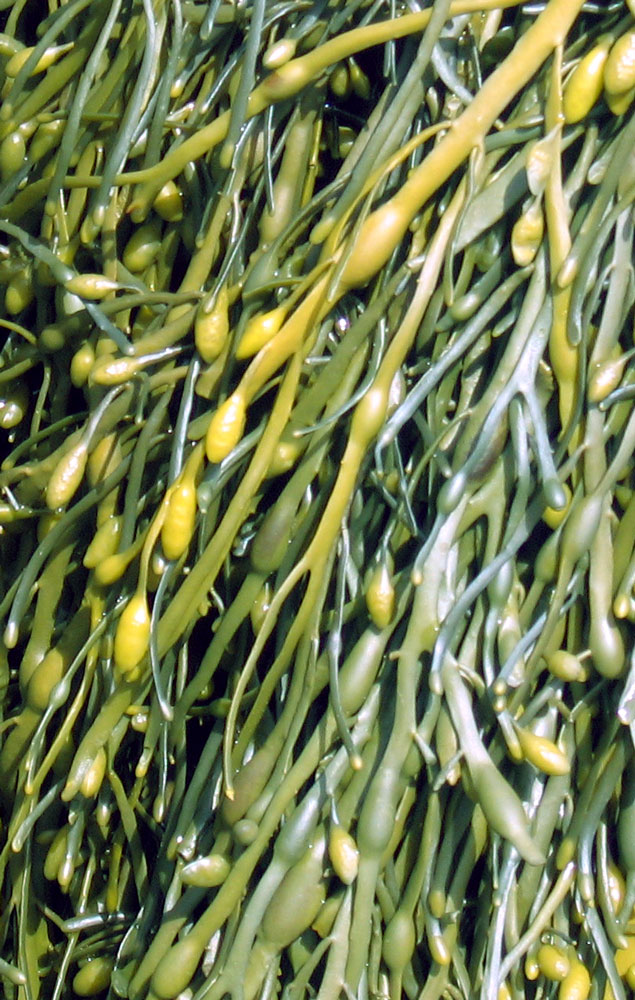Overview
Ascophyllum nodosum is a species of seaweed.
Classification
Empire: Eukaryota
Kingdom: Chromista, Plantae
Subkingdom: Harosa
Infrakingdom: Heterokonta
Subphylum: Phaeista
Infraphylum: Limnista
Superclass: Fucistia
Phylum: Ochrophyta, Phaeophycophyta
Class: Phaeophyceae, Ulvophyceae
Subclass: Fucophycidae
Order: Fucales
Family: Fucaceae
Genus: Ascophyllum
Species: nodosum
Original Name
Fucus nodosus
Synonyms
Ascophylla laevigata, Ascophylla laevigatum, Ascophylla nodosa, Ascophyllum mackayi f. robertsonii, Ascophyllum robertsonii, Chordaria scorpioides, Fistularia mackayi, Fistularia nodosa, Fucodium nodosum, Fucus mackayi, Fucus nodosus, Fucus scorpioides, Halicoccus nodosus, Halidrys nodosa, Halidrys siliquosa var. minor, Ozothallia nodosa, Ozothallia vulgaris, Physocaulon nodosum
Common Names
Asco, Bottle Kelp, Common Wrack, Dental Kelp, Dental Macroalgae, Dental Seaweed, Egg Wrack, Grisetang, Horse-Tang, Irish Seaweed, Knobbed Wrack, Knotted Kelp, Knotted Wrack, Knuppetang, Lichen Belt, North Atlantic Kelp, Norwegian Kelp, Pig-Tang, Pigweed, Rock Weed, Rockweed, Sea Whistle(s), Wormweed, Wrack, Yellow Tang, Yellow Wrack
These common names may not be unique to the species Ascophyllum nodosum.
IUCN Status
Classified as “Not Rare/Scarce” by the International Union for Conservation of Nature.
Description
A large brown seaweed that prefers sheltered waters. Male plants grow to 2 metres whilst female plants are smaller. The species has long strap-like fronds which are flexible and slimy, with large egg-shaped air bladders.
Distribution
Commonly found off the coast of Canada, Ireland, Greenland, Iceland, United Kingdom and Norway. Does not occur naturally in Australian waters.





